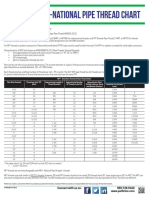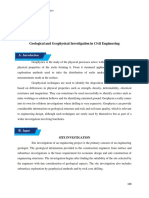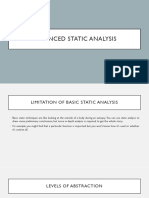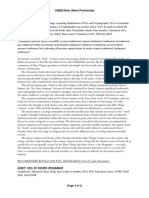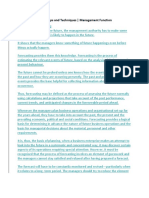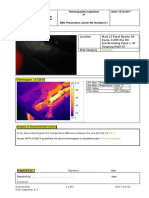0% found this document useful (0 votes)
29 views8 pagesFactor Integration Basedon Neural Networksfor Factor Investing
The document discusses the integration of factors for factor investing using neural networks and deep learning methodologies, aimed at enhancing profitability and stability in portfolio construction. It highlights the limitations of traditional linear integration methods and presents experimental results showing that non-linear integration through deep neural networks yields better performance compared to multi-factor indexes. The findings suggest that neural networks can effectively capture the complex relationships between various investment factors, leading to improved investment outcomes.
Uploaded by
maning009Copyright
© © All Rights Reserved
We take content rights seriously. If you suspect this is your content, claim it here.
Available Formats
Download as PDF, TXT or read online on Scribd
0% found this document useful (0 votes)
29 views8 pagesFactor Integration Basedon Neural Networksfor Factor Investing
The document discusses the integration of factors for factor investing using neural networks and deep learning methodologies, aimed at enhancing profitability and stability in portfolio construction. It highlights the limitations of traditional linear integration methods and presents experimental results showing that non-linear integration through deep neural networks yields better performance compared to multi-factor indexes. The findings suggest that neural networks can effectively capture the complex relationships between various investment factors, leading to improved investment outcomes.
Uploaded by
maning009Copyright
© © All Rights Reserved
We take content rights seriously. If you suspect this is your content, claim it here.
Available Formats
Download as PDF, TXT or read online on Scribd
/ 8






































































